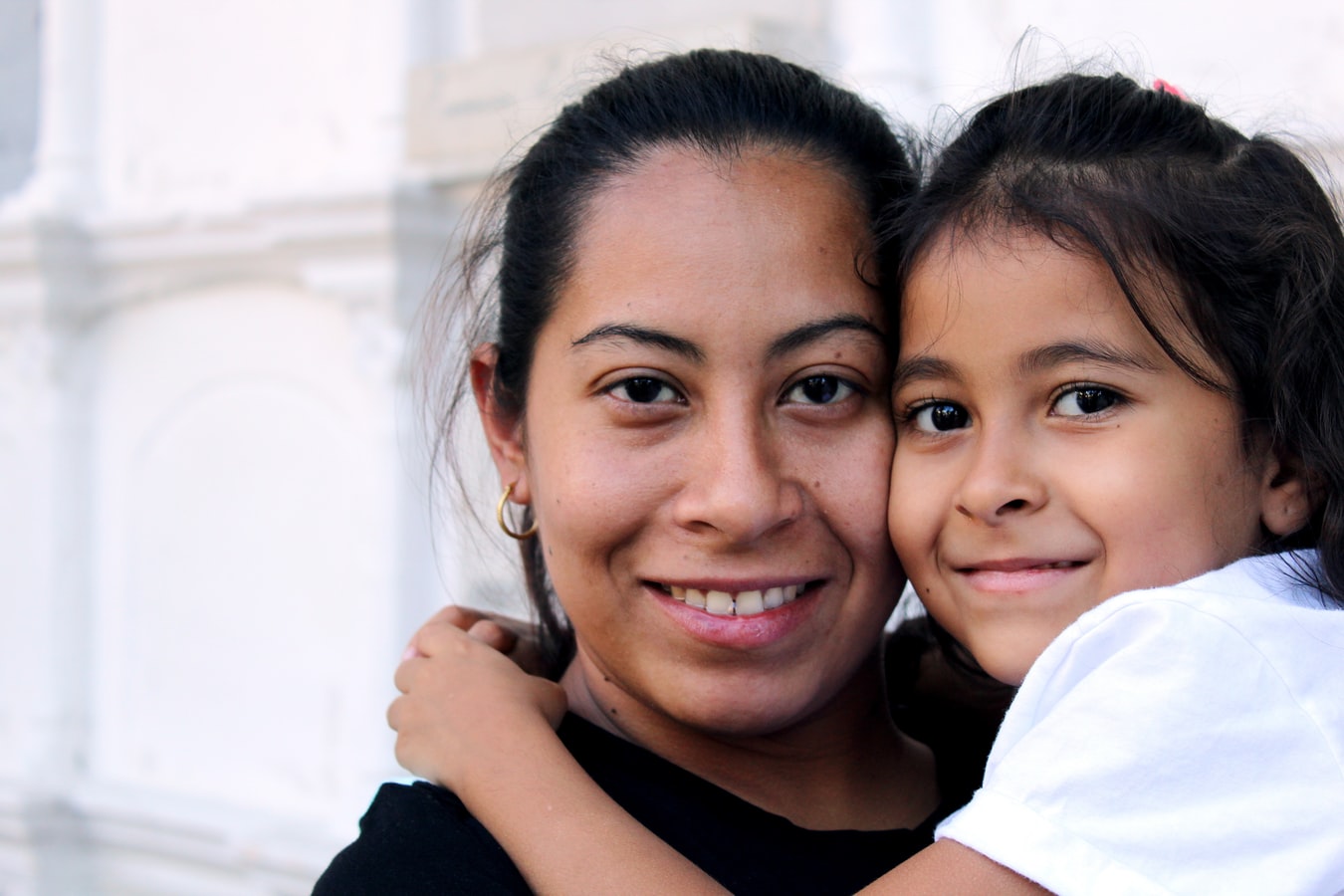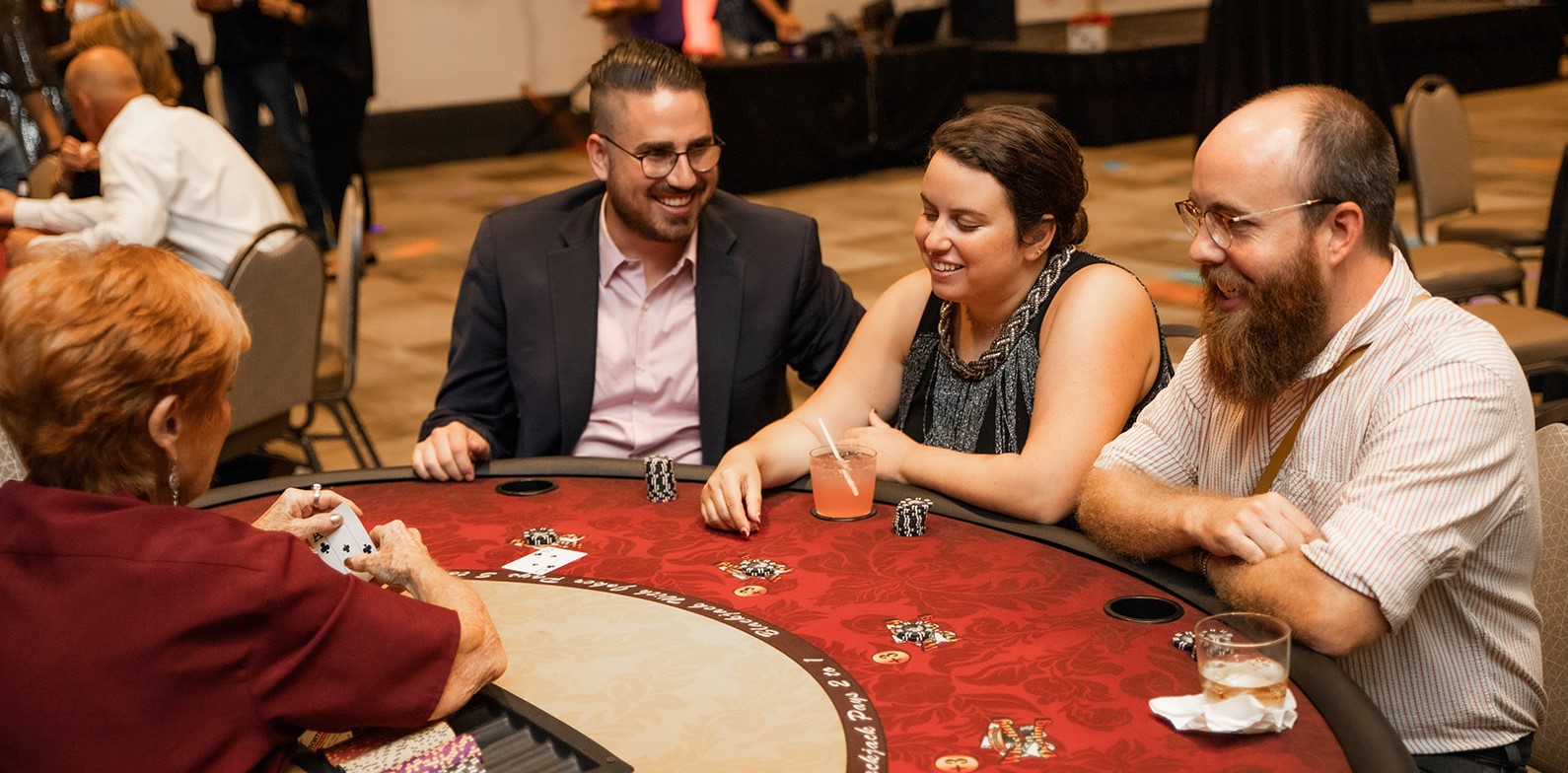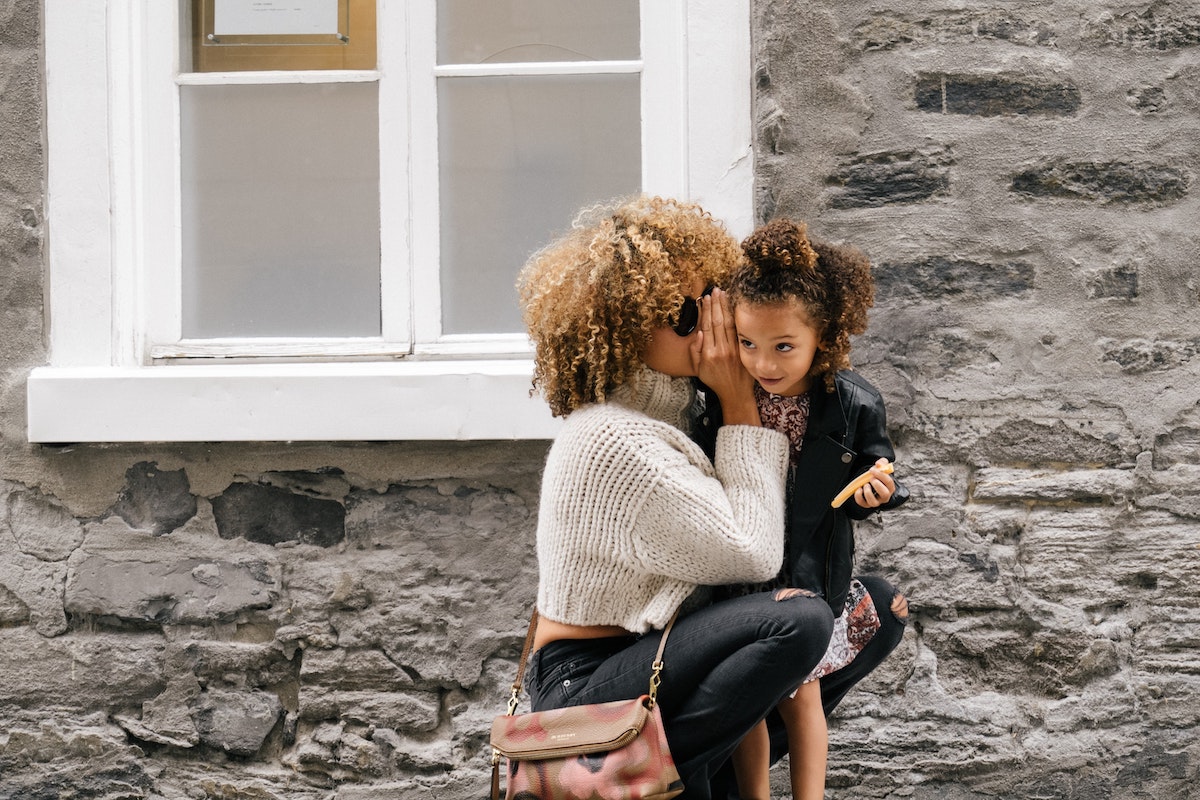Intimate Partner Abuse
Every 9 seconds, a woman is assaulted or beaten in the U.S.
One out of every three women, and one out of every seven men will experience a violent relationship in their lifetime. In Johnson County alone, there were 2,883 domestic violence incidents reported just this past year. That’s excluding the many incidents that go unreported. There were 38 intimate partner homicides in Kansas, representing a 20 year high.
Intimate partner abuse is an epidemic, not just nationally, but in our very own community. We are committed to the cause of ending domestic violence and empowering survivors to live a life free of abuse. (Sources: NCADV, KBI)

What is partner abuse?
Partner abuse is a pattern of behavior exerted by an individual to gain and maintain power and control over another person utilizing a variety of tactics.
Physical violence is a mechanism that is often used, however, domestic violence also includes sexual violence, intimidation tactics and threats, emotional abuse, financial abuse, psychological abuse (like gas-lighting), reproductive coercion, and digital abuse.
Common tactics used by abusers include intimidation, isolation, minimization, denial, and blame, among others. These actions do not occur in isolation from each other, but rather, often occur simultaneously. Intimate partner abuse is a problem that affects people of any race, religion, age, gender, sexuality, community, or socioeconomic status.
Am I experiencing Partner Abuse?
Abuse can take many forms and often begins by the abuser exerting control over parts of their partner’s life; the abuse then increases in frequency and intensity.
Does your partner…
- Humiliate, criticize or yell at you?
- Blame you for their behavior?
- Have access to a gun or can obtain one easily?
- Threaten you with a weapon?
- Threaten to hurt or kill you?
- Try to strangle you?
- Break or hit things to intimidate you or others?
- Downplay their abusive behavior?
- Threaten to take your kids away?
- Threaten to harm your kids or pets?
- Force you to perform sexual acts?
- Act jealous or possessive and try to control most of your daily activities?
- Tell or “suggest” what you should do?
- Say “no one will believe you”?
- Say the abuse is your fault or you caused it?
- Attempt to convince you the behavior is normal or not that bad? Blow disagreements out of proportion?
- Keep you from seeing friends or family?
- Limit your access to money or necessities?
- Keep you from getting a job or going to school?
- Constantly check up on you?
- Follow or spies on you or leaves threatening messages?
- Threaten to hurt or kill themselves or others if you leave?
For Survivors
Find yourself searching “what is domestic violence or partner abuse?”
If you are unsure whether you or someone you know are in a violent or controlling relationship, please contact Safehome’s 24-hour hotline: (913) 262.2868.
-
- Call 911 if you are afraid or feel threatened
- Go to a Safe Place
- All Johnson County hospitals are safe places where you can request to speak to a Safehome advocate. You do not have to be a patient.
- Set aside extra cash in a safe place
- Take important items: birth certificates, bank records, insurance information, social security cards, photo identification and prescriptions
- Hide an extra set of car and/or house keys outside your home
- Pack a set of clothes for you and your children in case you need to leave quickly
- Obtain a Protection from Abuse (PFA) Order
Resources
Power and Control Wheel
The Power and Control model of domestic violence identifies power and control as the goal of all tactics of abuse. Survivor experiences indicate that the behavior of their partners is not random or arbitrary, but purposeful and systematic. The goal of an abuser’s behavior is to exert control over their partners and use specific behaviors as tactics of control.
Intimate Partner Abuse Hotline
Safehome is here for you 24/7. Call our hotline anytime to speak to an advocate about your situation and figure out a plan. You don’t have to do this alone!
How to Help a Loved One
Having a loved one that is experiencing intimate partner abuse can be incredibly challenging. Here are some things you can do to help.
Other Resources
The first step to ending partner abuse in our communities is by acknowledging it as a problem. Join Safehome’s awareness initiative today.




